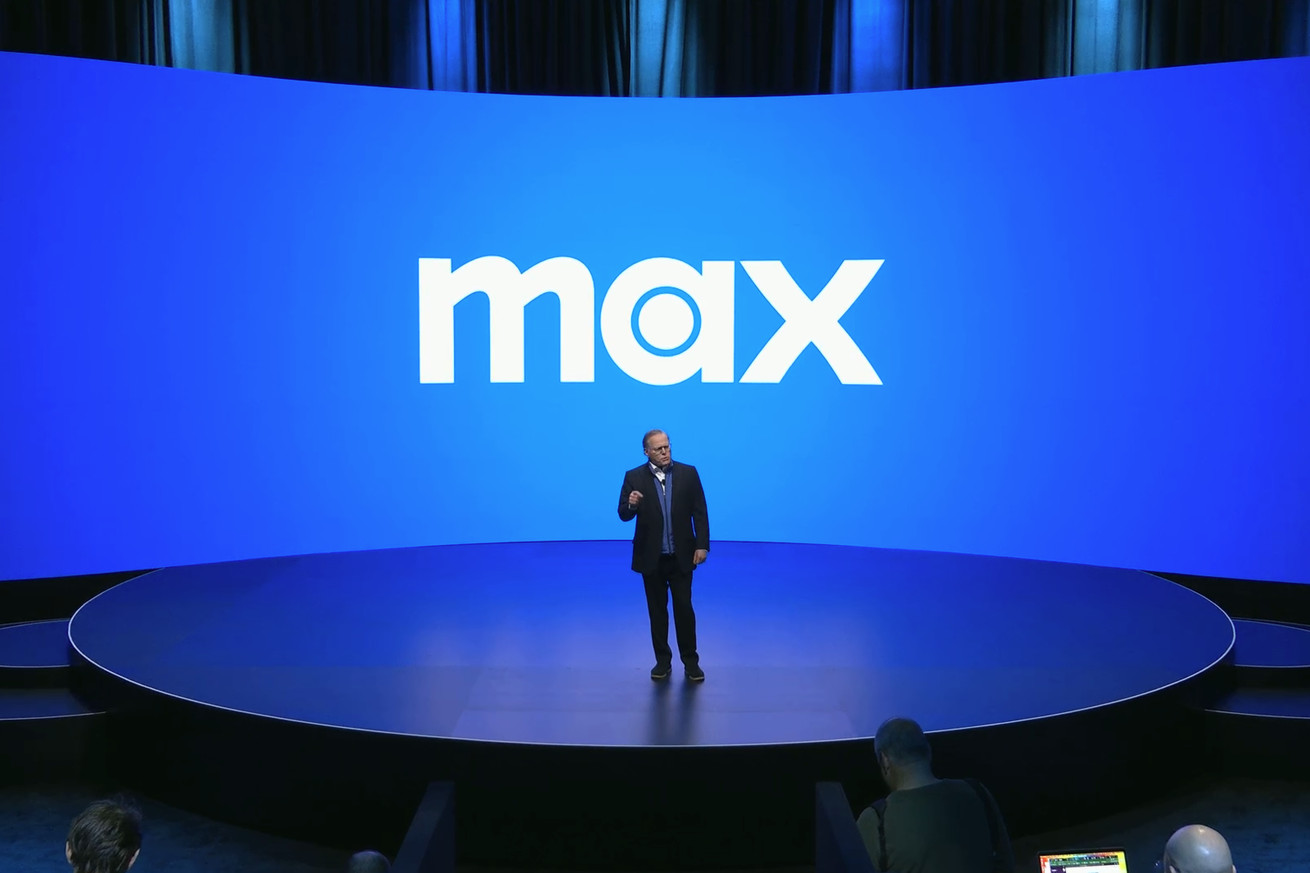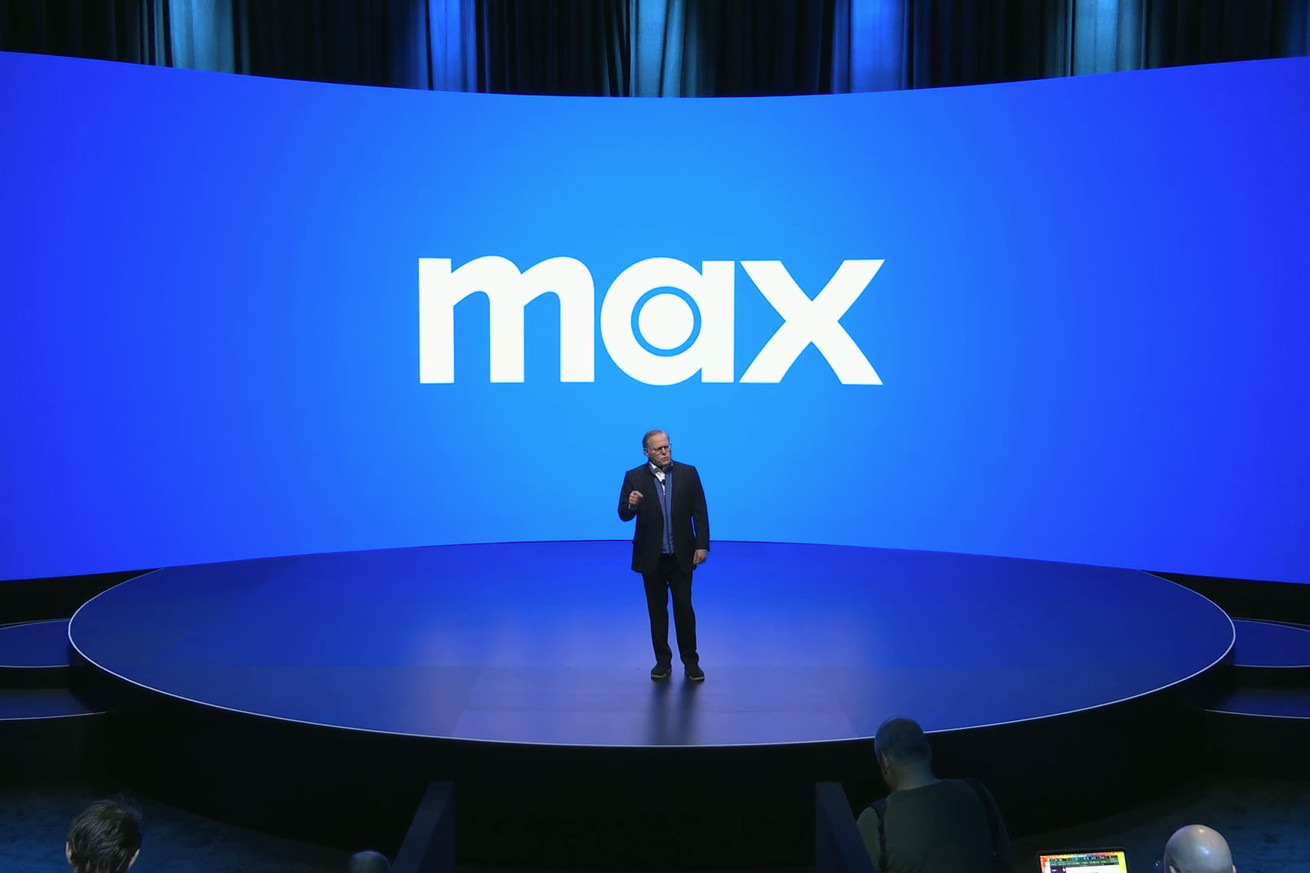
HBO and Discovery’s ‘Max’ streaming service is here
The time has come: HBO Max and Discovery Plus are merging to create a combined streaming service called “Max.” During an event Wednesday, Warner Bros. Discovery announced the new service will launch on May 23rd and cost up to $19.99 per month with two cheaper tiers priced at $15.99 and $9.99.
“Max is the one to watch,” CEO David Zaslav said. “It’s the one to watch because it’s the place every member of the household can go to see exactly what they want at any given time.”
The $19.99 per month ad-free Ultimate tier comes with 4K HDR Dolby Atmos for some content, 100 offline downloads, and four concurrent streams, while the $15.99 per month standard ad-free plan offers HD quality, two concurrent streams, and 30 offline downloads. Meanwhile, the cheapest ad-supported plan offers HD quality and two concurrent streams.
While the regular HBO Max app will go away completely and automatically update to Max on May 23rd, Discovery Plus will remain as a standalone option that retains the same $4.99 per month price with ads or $6.99 per month without. Warner Bros. Discovery will automatically migrate HBO Max users, their profiles, watch histories, and billing information over to the new service.
This move has been long in the works (long enough that you’d think Warner Bros. Discovery would come up with a better name than just “Max”). WarnerMedia completed its messy megamerger with Discovery last year, which resulted in the elimination of several shows and movies. Around that same time, the company also announced its plans to create a single streaming app.
At the press event, Warner Bros. Discovery hinted at some of the Max Originals coming to the service, including DC’s The Penguin, a spinoff of The Big Bang Theory, and a “fresh take” on The Conjuring. Zaslav also touted the popular franchises that the company owns, like Superman, Batman, Wonder Woman, Game of Thrones, The Lord of the Rings, Harry Potter, Sesame Street, Looney Tunes, and more that it plans on taking advantage of.
I guess the “Max” name makes sense in a way, as it favors neither HBO nor Discovery and aligns with Warner Bros. Discovery’s goal of making the app seem like an all-encompassing service. It will have a wide range of content, after all, meshing together Discovery Plus’ mishmash of unscripted shows such as Fixer Upper and Dr. Pimple Popper along with the array of original content from HBO Max, like Succession, The Last of Us, and Game of Thrones.
The interface of the Max app itself will also come with some improvements. JB Perrette, Warner Bros. Discovery’s global streaming and games head, acknowledged that both the HBO Max and Discovery Plus apps have “important shortcomings” that the company will address with Max’s new interface, including a new content navigation system, personalized recommendations, and a shortcut to save content to watch later lists. Hopefully, this means Warner Bros. Discovery sorted out the bugginess that comes with the HBO Max app as well.
The goal is to build a streaming service that brings enough of a variety of content to beat out rivals like Netflix and Disney Plus. During an interview with CNBC in 2021, Zaslav said that the streaming service will succeed because the combined company owns the “full ecosystem” of content that will appear on the merged app.
“Netflix is a great company, Disney is a great company, but we have a portfolio of content that is very diverse and broadly appealing,” Zaslav said at the time. “We think it could be [up to] 400 million homes over the long term.”
For now, though, Warner Bros. Discovery’s goal is much more modest, with the company hoping to reach 130 million subscribers across HBO, Discovery Plus, and what will now be known as Max by 2025. The three services currently have around 96.1 million global subscribers altogether, including the 1.1 million it added in the fourth quarter of 2022, which is still a far cry from Netflix’s total of about 230 million subscribers.
Warner Bros. Discovery will need to come up with a way to snag more subscribers in a landscape in which users are already locked into their favorite streaming services or are looking to cut back amid a pattern of price hikes. Is having a huge variety of content enough to do that? We’ll soon find out.

